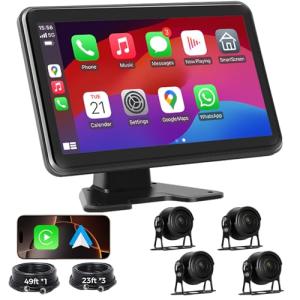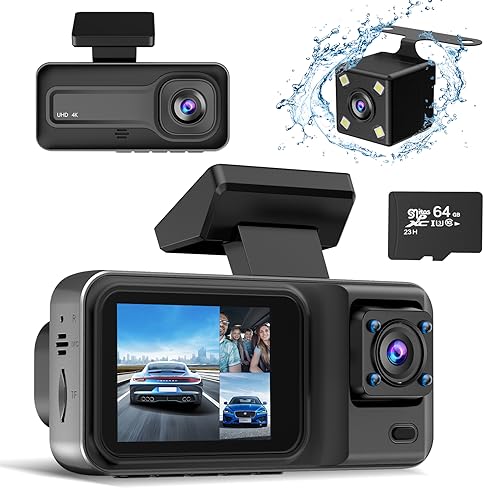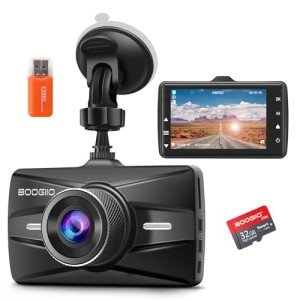First things first, think about what you want to do with your digital camera. Are you planning on taking casual snapshots for social media, or do you want to dive deep into photography as a serious hobby? If you're just starting out, a compact point-and-shoot might be all you need. On the other hand, if you’re itching to get creative, consider a DSLR or mirrorless camera. They offer more control and better image quality.
Next up, consider the features that matter most to you. Do you want to shoot in different lighting conditions? Look for a camera with a good sensor and excellent low-light performance. If you're into capturing action shots, check out models with fast autofocus and burst shooting capabilities. Remember, understanding your photography style will help you narrow down your choices.
Don't forget about size and portability. If you’re someone who loves to travel, you'll want something lightweight and easy to carry. But if you're setting up at home or at events, a larger model could be worth the trade-off for better performance and features.
Finally, check out the lens options. The best digital cameras often have interchangeable lenses that let you adapt to different situations. A wide-angle lens is great for landscapes, while a telephoto lens is perfect for wildlife or sports. Make sure the camera you choose has the flexibility to match your shooting needs.
Understanding Camera Features Made Easy
When diving into the world of digital cameras, it can feel a bit overwhelming at first. You’ve probably heard about features like megapixels and sensors, but what do they actually mean? Let’s break it down to help you make your decision easier.
First up, megapixels. Simply put, this number indicates how many tiny dots make up your photos. The higher the megapixels, the clearer your images can be, especially when you want to print or zoom in. But don't get too caught up in the numbers; 12 to 16 megapixels is often plenty for everyday snapping!
Next, we have sensors. The sensor is like the camera's heart; it captures all that light and turns it into the images you love. You'll often find two types: CCD and CMOS. CMOS sensors are common in most digital cameras today and tend to be more efficient in low light, which is great for evening shots or indoor photography.
Don’t forget about lens options! The lens you choose can drastically change how your photos look. A zoom lens lets you get up close without physically moving, while a prime lens offers sharper images and better low-light performance. Think about the kinds of photos you want to take when selecting a camera.
Lastly, look for features like image stabilization. This handy addition helps reduce blurry photos by counteracting any shaky hands. It’s particularly useful for shooting in low light or at longer focal lengths. Features like these make a huge difference in the quality of your pictures, making your exploration of digital cameras a lot more enjoyable!
Universal Dash Cam Mount for Most Car Cameras
Easily secure your dash cam for crystal-clear footage on every drive
Product information
$8.99
Product Review Score
4.24 out of 5 stars
95 reviewsProduct links
Tips for Taking Great Photos
Taking great photos isn’t just about having the best digital cameras. It’s also about knowing how to use them effectively. Here are some easy tips to elevate your photography game.
First, lighting is your best friend. Natural light works wonders, so try shooting during the “golden hour” — that magical time right after sunrise or before sunset. If you’re indoors, position your subject near windows to capture soft, flattering light.
Next up, composition. Follow the “rule of thirds” by dividing your image into a 3x3 grid. Place key elements along the grid lines or at their intersections. This simple trick brings balance and interest to your shots. Don’t be afraid to experiment with angles, too! Sometimes getting low or shooting from above can create a totally different vibe.
Also, always keep your lens clean. A dirty lens can ruin an otherwise perfect photo with smudges and blurriness. Give it a quick wipe with a microfiber cloth before you start snapping away.
Finally, don’t forget to practice! The more you shoot, the better you’ll understand your digital cameras and how to capture the world around you. Review your photos and think about what worked and what didn’t. You’ll learn a ton and have fun while doing it!
Losuudy 4 Channel Backup Camera Dash Cam System for Trucks, RVs, Trailers, Carplay & Android Auto, 10'' Touch Screen Monitor, 4 HD1080P Wired Rearview Reverse Cameras with Night Vision, IP68-rated.
Product information
$269.99 $248.99
Product Review Score
4.9 out of 5 stars
101 reviewsProduct links
Maintaining Your Camera for Longevity
Taking care of your digital cameras can really extend their life and keep them shooting great images. A bit of regular maintenance goes a long way. Here are some handy tips to help you take care of your gear.
First off, clean your camera and lenses regularly. Dust and fingerprints can mess up your photos. Use a soft, lint-free cloth for the lens and don’t forget to use a blower to get rid of any dust inside the crevices. A lens cleaning solution can help with stubborn smudges. Just be gentle; you want to keep that glass pristine!
Next, always store your digital cameras in a safe place when you're not using them. A padded camera bag is your best friend. It keeps everything protected from bumps and scratches. Plus, make sure you keep your camera away from extreme temperatures and humidity. Heat can damage sensitive electronics, and moisture can lead to mold, which isn’t good for your gear!
Also, pay attention to your camera's battery. Always charge it according to the manufacturer's instructions and avoid letting it completely drain. Consider getting a spare battery, especially if you're heading out for a long shooting day. Trust me, running out of juice in the middle of an epic sunset isn't fun!
Lastly, regularly check for software updates. Many digital cameras have firmware updates that can improve performance and add new features. Keeping your camera’s software up to date is an easy way to ensure it operates smoothly for years to come.






